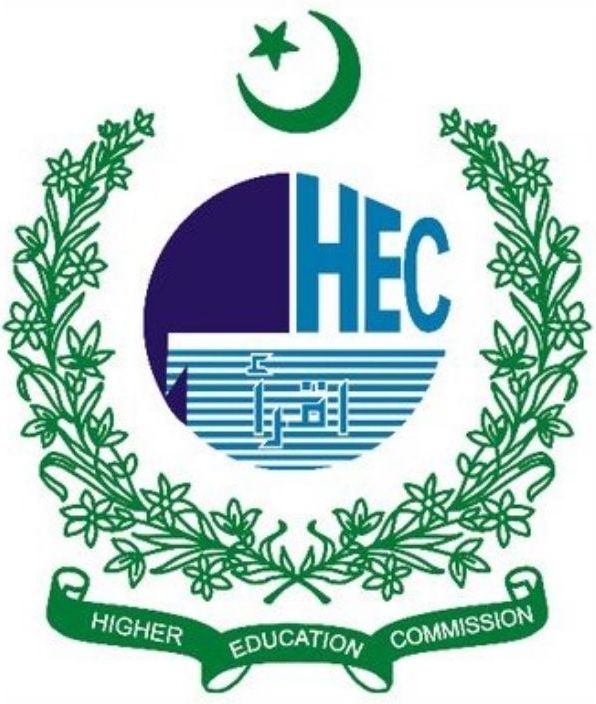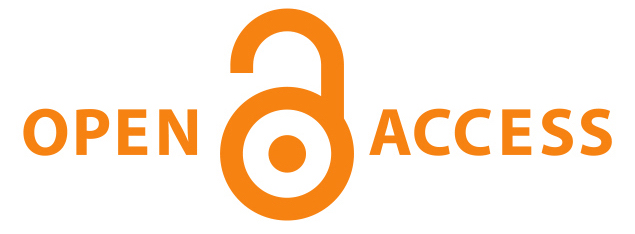Barriers to Mental Health Awareness and Service Access Among Youth in Southern Punjab: A Cross-Sectional Study
DOI:
https://doi.org/10.63056/ACAD.004.03.0403Keywords:
Youth mental health , mental health literacy , stigma , help-seeking behavior , psychosocial barriers , cultural belief, access to mental health care, mental health awareness , Southern Punjab , adolescent well-being.Abstract
Mental health challenges among youth have emerged as a pressing public health issue globally, especially in low- and middle-income countries like Pakistan. Despite the growing burden, awareness and access to mental health services remain limited due to stigma, cultural misconceptions, and inadequate institutional support. Bahawalpur, being a semi-urban region in Southern Punjab, lacks localized data on the awareness and barriers faced by its youth in seeking mental health care. The purpose of this study was to assess the level of awareness, attitudes, and perceived barriers toward mental health among youth residing in Bahawalpur, Pakistan. This descriptive cross-sectional study was conducted among 70 young individuals aged between 15 and above 30 years from both rural and urban areas of Bahawalpur. A non-probability purposive sampling technique was used. A convenient sampling technique was used to choose the participants, and IBM SPSS Statistics 27.0.1 was used for analysis after a close ended questionnaire was used to gather data. Among the 70 participants, 52.9% were female and 47.1% were male. The majority of respondents (55.7%) were aged 19–22 years, with 64.3% having completed bachelor’s level education. Most participants (81.4%) lived in urban areas, and 80% identified as students. An overwhelming 97.1% reported having heard the term “mental health,” and 57.1% had received mental health information at school, college, or work. However, only 35.7% knew of any local mental health services. Attitudinally, 77.2% agreed or strongly agreed that people with mental illness are dangerous, while 71.4% agreed that mental health issues should be treated like physical conditions. Common barriers identified included stigma, lack of awareness, and religious misconceptions. Notably, 68.6% believed mental health issues were a sign of personal weakness. This study highlights both promising levels of awareness and persistent barriers surrounding mental health among youth in Bahawalpur. While most participants recognize the importance of mental health, misconceptions and lack of service accessibility limit help-seeking behavior. These findings underscore the urgent need for community-based awareness campaigns, school-level mental health education, and culturally appropriate interventions to reduce stigma and improve access to youth mental health services.
Published
Issue
Section
License
Copyright (c) 2025 Aliza Fatima, Muniba Shoukat, Hira Andleeb, Iqra Javaid, Muhammad Danish, Farrukh Jamal (Author)

This work is licensed under a Creative Commons Attribution 4.0 International License.












